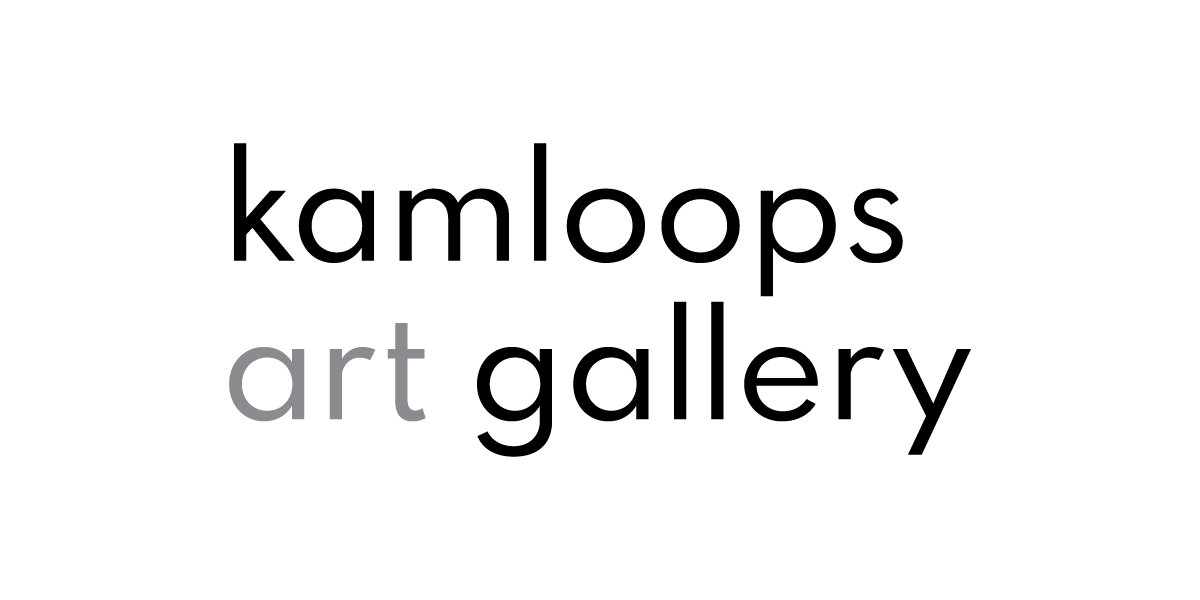CASTING THE EYE ADRIFT
Donald Lawrence
Central Gallery
July 7 to December 31, 2020
Curated by Charo Neville
Offering insight into almost four decades of Donald Lawrence’s practice, the retrospective exhibition Casting the Eye Adrift brings together major sculptural works, videos, photographs, drawings, preparatory models and ephemeral works that represent Lawrence’s longstanding interest in the intersections between art, science and technology, and concepts of wilderness. Lawrence’s artistic practice translates the natural world and everyday objects into multifaceted installations that reveal their hand-built construction and his resourceful use of materials. These interests can be traced to his early awareness of display apparatus and sculptural construction inspired by childhood objects, including a fossilized dinosaur bone ever-present in his family home and a telescope gifted to him by his brother.
Lawrence’s eclectic output has focused on early imaging technologies and the meeting place of urban and “wilderness” cultures. Through critical engagement with stories of travel, exploration and mechanical invention, his work merges diverse interests, including sea kayaking and solar phenomena with practices of drawing, photography, construction, D.I.Y. construction, surveying and mapping. His ambitious undertakings have involved converting a kayak to a floating laboratory for underwater pinhole photography and mounting a tent-sized camera obscura on the side of a ferry. This exhibition brings together seminal projects that demonstrate the through-lines of nature and technology in Lawrence’s practice, including Romantic Commodities (1993), The Sled (1995), Underwater Pinhole Photography Project (1997-), Torhamvan/Ferryland (2005), One Eye Folly (2008) and Coastal Camera Obscura (2017).
Lawrence’s current focus on the camera obscura emerges from research into historical understandings of optics in relation to emergent and obsolete technologies. The camera obscura was important to both art and science; it was a precursor to photography and an early optical instrument that provided a means of observing solar phenomena as well as being a tool for artists to render their subjects. Lawrence’s large-scale public artwork, Comet MMXVIII (2018), is part of the Kamloops Art Gallery’s collection and is currently installed on the roof of the Thompson-Nicola Regional District building entrance. Evoking a comet in the night sky and Lawrence’s enduring interest in the pre-photographic optical apparatus that allow us to view such phenomena, the incorporation of bubble wrap and fluorescent light tubes also speaks to Lawrence’s innovative use of salvaged materials and obsolete technology. For this exhibition, Lawrence has constructed a new public artwork on the canopy of the adjacent Paramount Theatre building, offering visitors the opportunity to experience a camera obscura in person, in conjunction with camera obscura works on view in the Gallery.
Donald Lawrence is a professor in the Visual Arts Program at Thompson Rivers University (TRU). In 2017, he was the recipient of the Kamloops Mayor’s Award for the Arts – Artist of the Year award and was the first Chair of the City of Kamloops Arts Commission. A testament to his established commitment to research and teaching, Lawrence was recently awarded the President’s Distinguished Scholar Award at TRU. From 2013 to 2019, Lawrence led The Camera Obscura Project, a multi-year program of research funded by the Social Sciences and Humanities Research Council that involved numerous students, emerging and established artists, and scholars. An exhibition of artwork from this project was exhibited at the Kamloops Art Gallery in 2016 entitled Midnight Sun Camera Obscura. A parallel exhibition was also exhibited at the University of Lethbridge Art Gallery and travelled nationally to galleries in Ontario and the Yukon, with a publication forthcoming. That exhibition was followed by the solo exhibition Kepler’s Klepper and The Underwater Pinhole Photography Project in 2018 at the University of Lethbridge Art Gallery. Lawrence also converted a circa 1927 grain bin into a walk-in, pavilion-style camera obscura at the University of Lethbridge’s Coutts Centre for Western Canadian Heritage outside Nanton, Alberta in 2018. A monograph publication will be produced by the Kamloops Art Gallery following this exhibition.
Donald Lawrence
One Eye Folly, 2008
camera obscura
Photos: SITE Photography









































